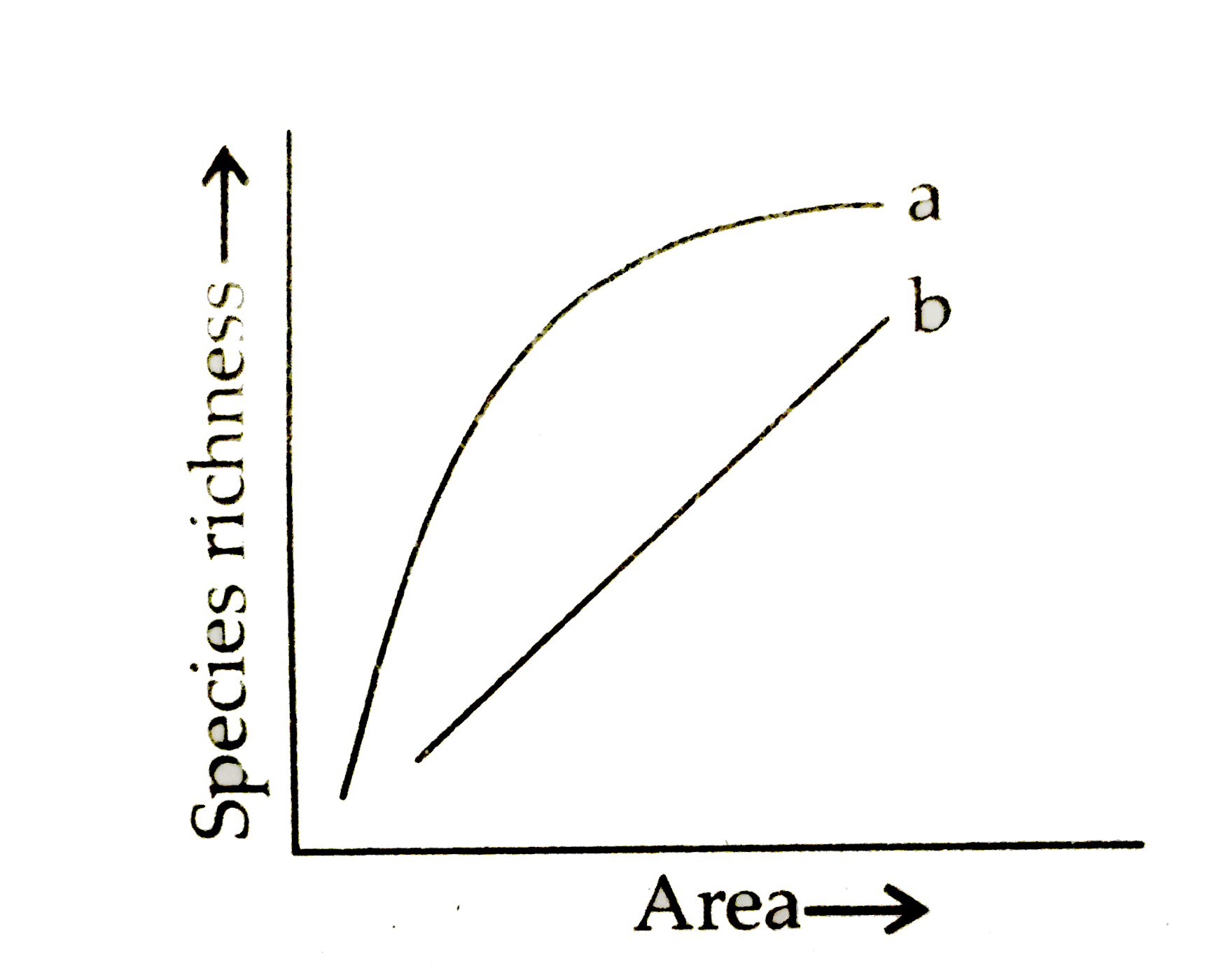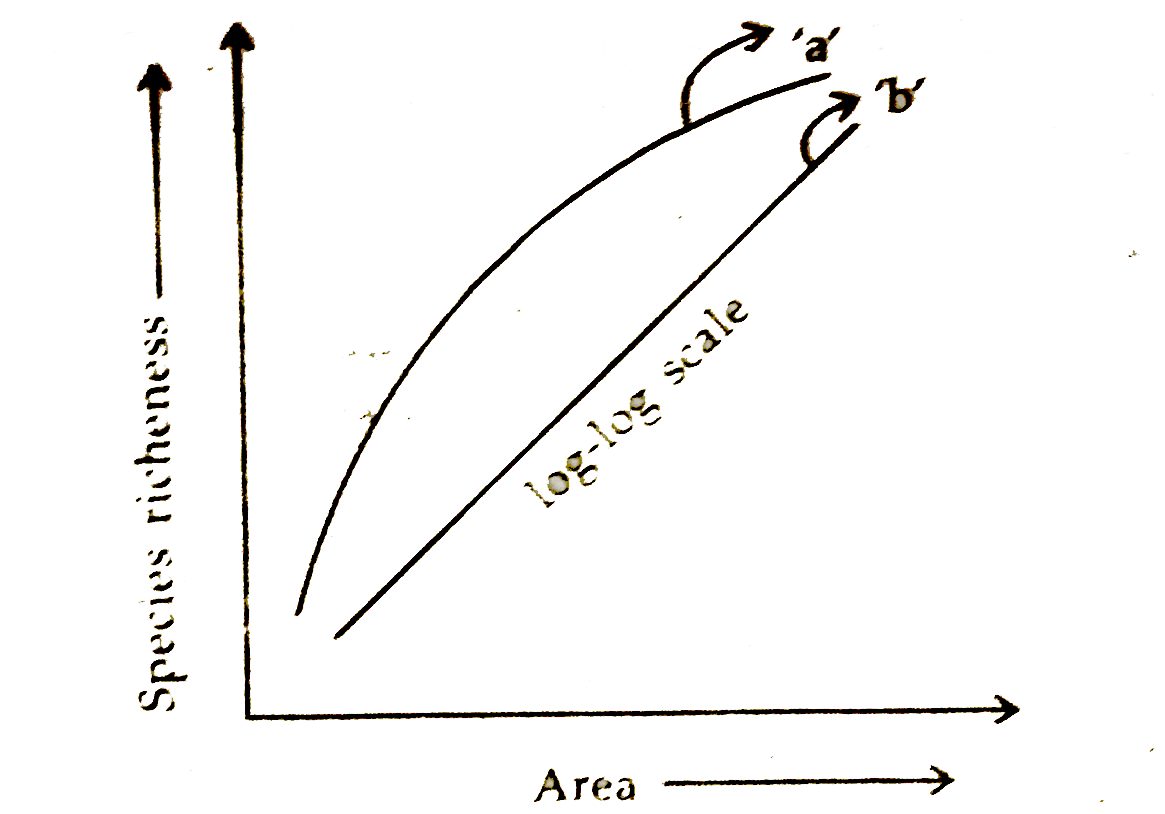The observation of the species-area relationship was given by Humboldt after his pioneering and extensive ex-plorations in the wilderness of
South American jungles
Noth American jungles
South African jungles
East African jungles
The correct Answer is:A
Step-by-Step Solution:
1. Understanding the Species-Area Relationship: The species-area relationship is a well-known ecological pattern that describes how the number of species increases with the area sampled. This concept is fundamental in ecology and biodiversity studies.
2. Identifying the Contributor: The question asks about the observation made by Humboldt. Alexander von Humboldt was a prominent naturalist known for his explorations and contributions to ecology.
3. Geographical Context: Humboldt conducted extensive explorations in various regions, but the question specifically asks about the wilderness he explored that led to his observations on the species-area relationship.
4. Evaluating the Options: The options provided are:
- South American jungles
- North American jungles
- South African jungles
- East African jungles
5. Recalling Historical Context: Humboldt is particularly noted for his explorations in South America, where he studied the flora and fauna extensively. His findings in these jungles contributed significantly to the understanding of biodiversity.
6. Conclusion: Based on the historical context and the contributions of Humboldt, the correct answer to the question is the South American jungles.
Final Answer: The observation of the species-area relationship was given by Humboldt after his pioneering and extensive explorations in the wilderness of South American jungles.
---
- South American jungles
- North American jungles
- South African jungles
- East African jungles
Topper's Solved these Questions
- BIODIVERSITY AND CONSERVATIONBOOK - VMC MODULES ENGLISHCHAPTER - BIODIVERSITY AND CONSERVATIONEXERCISE - IN-CHAPTER EXERCISE-B
10 Videos
- BIODIVERSITY AND CONSERVATIONBOOK - VMC MODULES ENGLISHCHAPTER - BIODIVERSITY AND CONSERVATIONEXERCISE - PRACTICE EXERCISE-2
5 Videos
- ANATOMY OF FLOWERING PLANTS BOOK - VMC MODULES ENGLISHCHAPTER - ANATOMY OF FLOWERING PLANTS EXERCISE - IMPECCABLE
59 Videos
- BIOLOGICAL CLASSIFICATIONBOOK - VMC MODULES ENGLISHCHAPTER - BIOLOGICAL CLASSIFICATIONEXERCISE - All Questions
214 Videos
Similar Questions
Knowledge Check
Assertion : If the species-area relationship are analysed among very large areas like the entire continents, the value of Z, i.e., slope of line in the range of 0.1 to 0.2.
Reason : The value of Z, i.e., slope of line of species area relationship lies in the range of 0.6 to 1.2 when analysis is done among small areas.Aa) If both assertion and reason are true and reason is the correct explanation of assertion.Bb) If both assertion and reason are true but reason is not the correct explanation of assertion.Cc) If assertion is true but reason is false.Dd) If both assertion and reason are false.
In the equation of species-area relationship, the letter 'C' and 'Z' represent
View SolutionA species restricted to a given area is
View SolutionIn the polt of the species - area relationship for the co-efficient z, the axis X and Y, represents
View SolutionThe above graph show Species-Area relationship. Write the equation of the curve a and explain.

View SolutionThe following graph shows the species area relationship. Answers the Questions as directed.
(a) Name the naturalist who studied the kind of relationship shown in the graph.
Write the observations made by him.
(b) Write the situations as discovered by the ecologists when the value of 'Z' (slope of the line) lies between
(i) 0.1 and 0.2, (ii) 0.6 and 1.2
What does 'Z' stand for ?
(c ) When would the slope of the line 'b' become steeper ?

View SolutionThe following graph shows the species area relationship. Answers the Questions as directed.
(a) Name the naturalist who studied the kind of relationship shown in the graph.
Write the observations made by him.
(b) Write the situations as discovered by the ecologists when the value of 'Z' (slope of the line) lies between
(i) 0.1 and 0.2, (ii) 0.6 and 1.2
What does 'Z' stand for ?
(c ) When would the slope of the line 'b' become steeper ?

View SolutionDefine species-area relationship. What is the significance of the slope of regression ? Show with the help of a graph .
View Solution
